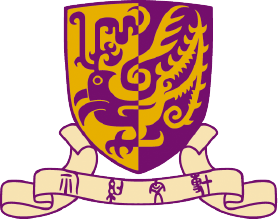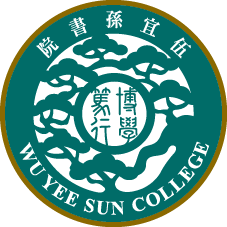My project aims to build up a smart gardening system and enhance its automation. In the upper part, people can grow vegetables and fruits. In the lower part, people can breed fish. The system can be automatically controlled and also manually controlled by users. Users can monitor the system's condition, moreover, warnings will be sent to users if the system is in harsh conditions. This aquaponics system is sustainable and environmental-friendly.

More than 113 million people across 53 countries experienced acute food problems. (Food Security Information Network (FSIN), 2019). The food demand the world is facing cannot be maintained by additional natural resources or land exploitation. Facing this severe problem, it is necessary to look for an alternative to solve it. Improving the production method of food would be one of the solutions to address the food problem.
The automated aquaponics farming method is a solution that can improve farming efficiency, as it is a process of growing aquatic organisms and plants symbiotically. Users can closely monitor the condition of the aquaponics system. By analyzing the data, with the feedback of whether a parameter is in an appropriate range or not, users can make decisions on controlling the system. With the combination of close monitoring, feedback control, and decisions by users, the quality of the crops and fish would be improved. To build up a smart and automated aquaponics system, it is important to set up the software system for monitoring sensors’ reading data and controlling the system. Further exploration of analyzing the sensors’ reading data is a way to help with users' decision-making.
A gardening system with the recirculation between aquaculture and agriculture is a method of farming that is environmentally friendly and efficient.
This project aims to provide instant sensor parameters available for users to read, as well as a mobile application to control the system and explore methods that can reduce users' workload and the cost to monitor the system. The system is easily affected by different factors, such as water temperature, dissolved oxygen, total dissolved solids (TDS). Therefore, tight monitoring is crucial for cultivating high-quality products.
In the end, I aim to build up a system with self-substance controlled by Apps, Arduino Mega, Bluetooth module, and WIFI module, allowing users to read the sensor's status instantly and controlling on and off states of the air pump and the water valve through phone Apps on IoT platform. It is environmentally friendly as it is sustainable due to the automation and tight monitoring of the system, and saves a lot of water and fertilizer usage with the water recirculation and the nitrogen cycle between the aquaculture part and agriculture part.


